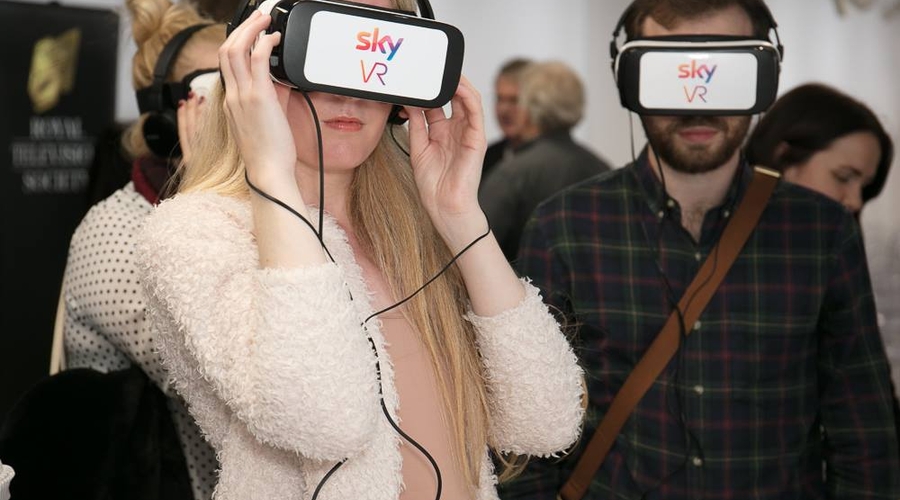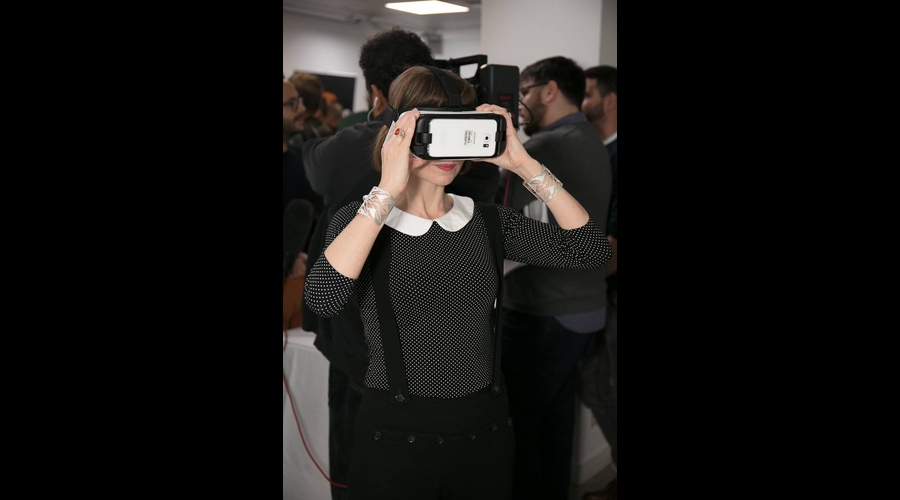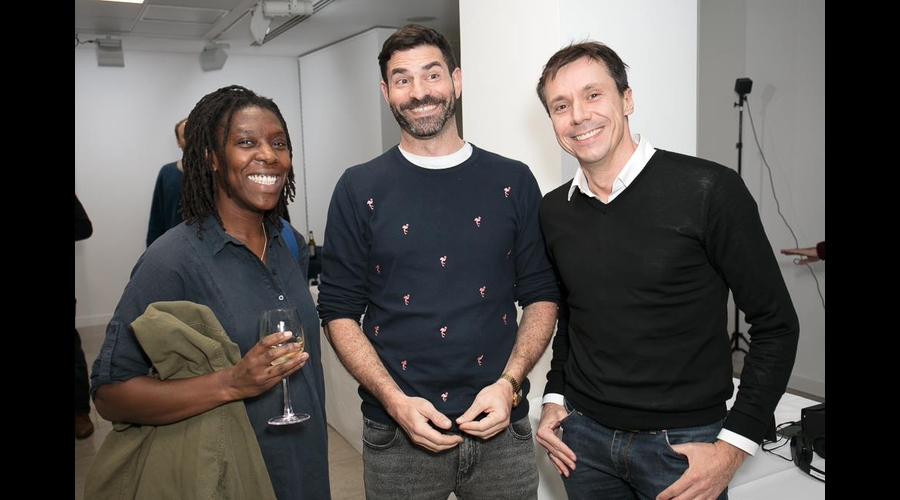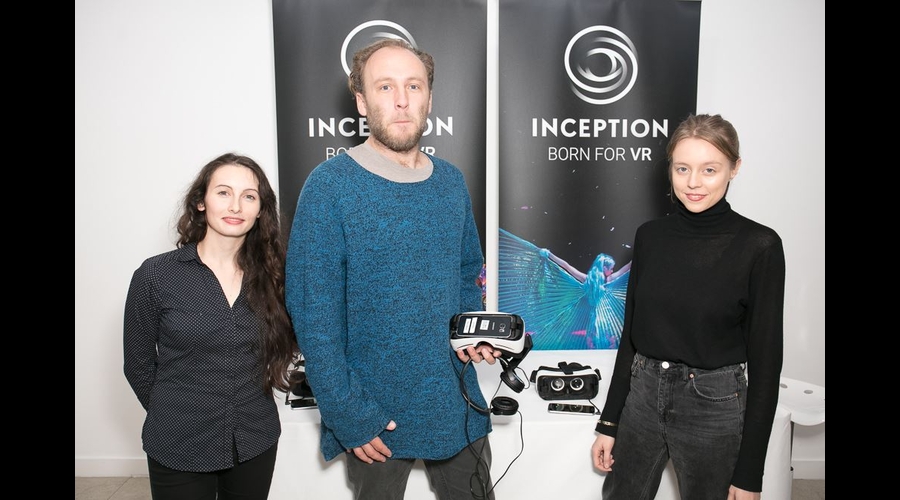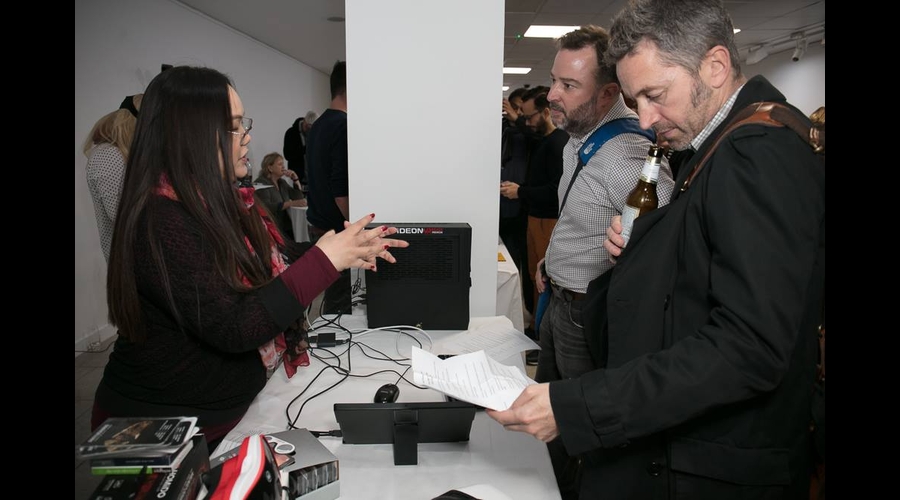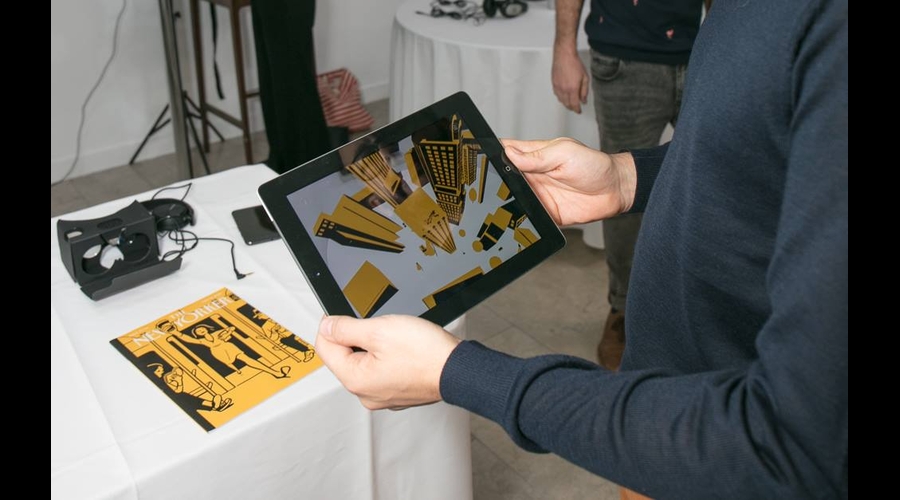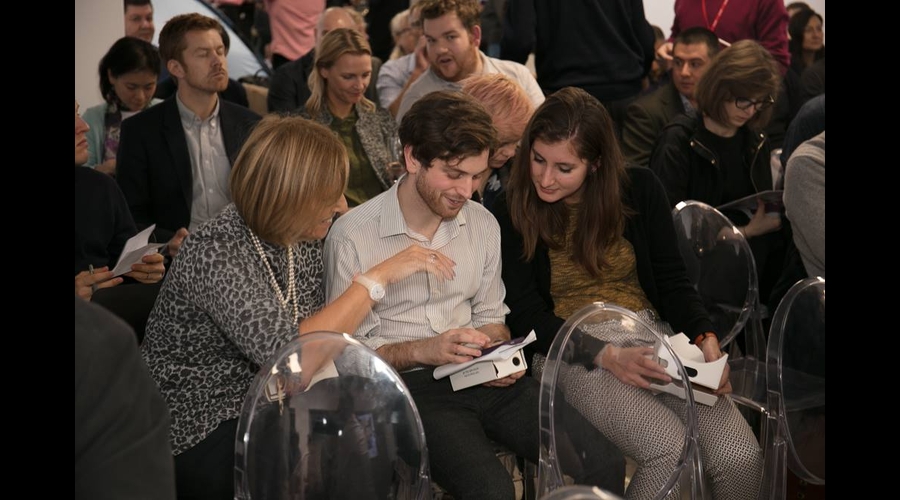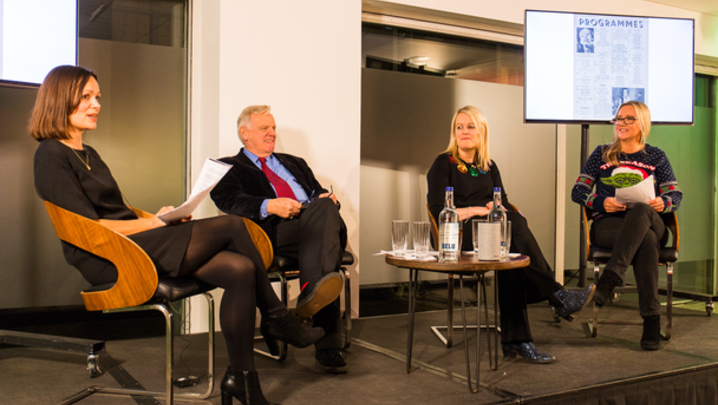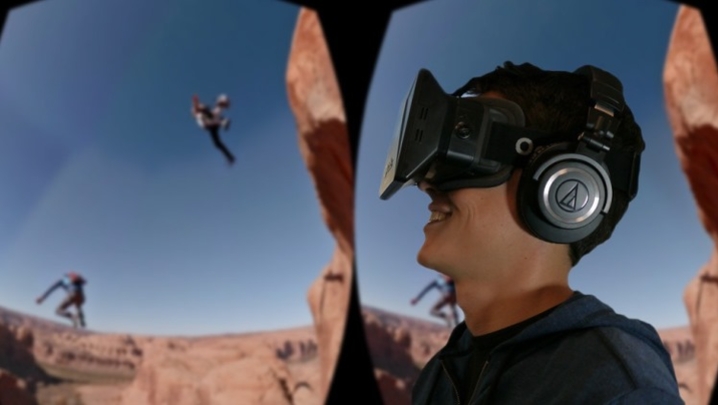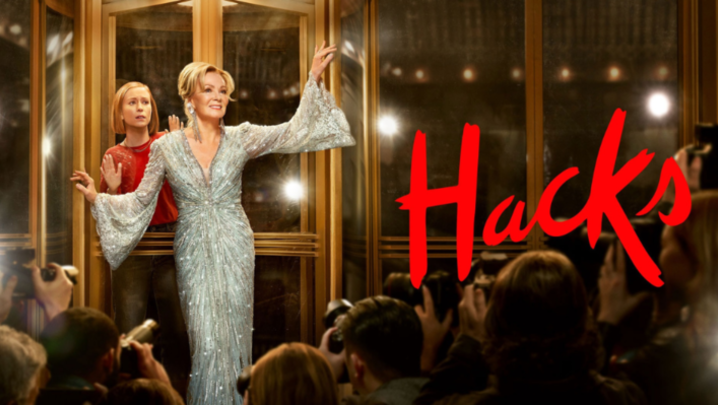Virtual reality headsets and gadgets fought for space with a bumper audience at the RTS event on 360-degree technology.
The latest kit from some of the leading innovators in virtual reality was available for the audience to test, before and after a panel of experts discussed the consumer appeal of the new technology.
Event chair, journalist Kate Bulkley, posed the key question to the panel: Would virtual reality telly fare any better than 3D TV? The latter had been much hyped by the manufacturers and broadcasters a few years ago before disappearing, leaving barely a trace.
“The industry for 50 years has been trying to do 3D on a 2D screen and it just doesn’t work,” said Ken Blakeslee, chair of consultants WebMobility Ventures. In contrast, he argued, virtual reality “has a big chance of taking off”.
Sounding a note of caution, Blakeslee added that the need to wear headsets to enter a world of virtual reality – like 3D’s “glasses problem” – could put a brake on growth.
Sky VR executive producer Neil Graham was involved in the broadcaster’s early 3D experiments, but he “didn’t have that same feeling of excitement, immersion and emotional connection” that he now gets from a virtual reality experience.
“3D was a layer on an existing form of content, whereas virtual reality is a whole new ecosystem that transports you to new places and gives you new experiences – they are completely different,” he added.
Spencer Kelly, the main presenter of BBC technology magazine show, Click, said the programme had always been sceptical about the claims made for 3D. “We spent years going to tech expos and being told that 3D TVs were going to be the next big thing. We thought, ‘No, you’re lying – you’re just trying to sell more TVs.’”
Kelly admitted, however, that he is “sold on” virtual reality: “The technology is there and it really does feel immersive.”
But, he added, “you have to film content differently”. Kelly was speaking from experience – earlier this year Click filmed an episode of the show entirely in 360-degree video.

**WATCH: What does the future hold for VR?**
Google is due to launch its new virtual reality headset, Daydream, on 10 November. The lightweight fabric headset will offer mobile virtual reality, working with a controller and a compatible smart phone. It is a higher-tech version of Google Cardboard, the company’s first virtual reality headset, which is made – as its name suggests – from cardboard.
Tamzin Taylor, who works in new business development for Google’s Android apps and games division, argued that, unlike 3D, virtual reality was cheap with Google technology. Daydream is priced at £69.
She also argued that the interactivity of virtual reality, which puts the viewer at the heart of the action, gives it a significant advantage over 3D: “VR will give the user agency over their experience and [allow] them to do more with the storytelling.”
Control is key, she continued: “Having an immersive experience with a comfortable headset is important, but giving the user control over their experience is the exciting part.”
Currently, virtual reality is niche broadcasting – but could it break out into the mainstream?
Taylor thought it could, revealing that Google expects to have “tens of millions of Daydream devices on the market” by Christmas 2017. “The question is how do you make the content compelling and refreshing enough so people know they have to come back to your app to watch it again and again,” she said.
**Click here to watch the event in full**
“Games are what are going to drive [virtual reality] and porn, if I’m honest,” said Kelly. Echoing Blakeslee’s earlier comment, Kelly added that virtually reality would remain a niche until viewers could wear comfortable VR glasses, instead of the current headsets.
“I disagree. A combination of virtual and augmented reality will be huge, though I don’t know whether it will be in five or 10 years,” said Graham.
Technology, agreed the panel, was developing rapidly. “Look at the number of patents out there for various different types of contact lenses and glasses – we’ll be laughing at the headsets that we’ve got at the moment in two or three years’ time,” said Graham.
With the launch of Sony PlayStation VR and Daydream in 2016 – and an Apple virtual reality device to follow at some point – Graham argued that virtual reality was in a position to grow.
“Virtual reality and 360⁰ storytelling” was held at the Hospital Club in central London on 1 November. The RTS early evening event was produced by Terry Marsh.
For more photos head to our Facebook page

